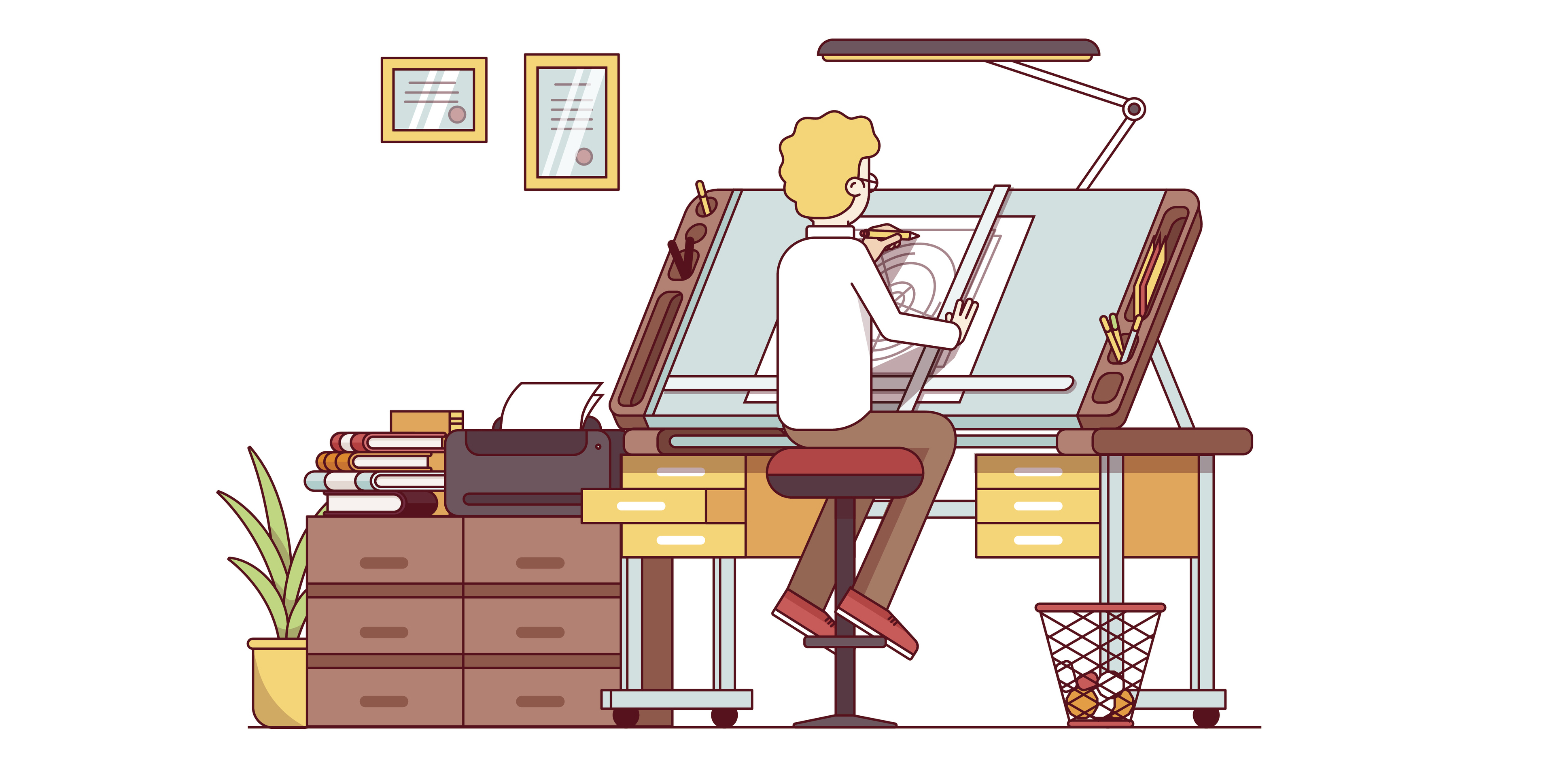Connect with huge architecture firms and gain new business through Architizer’s community marketplace for building-products. Click here for more information.
Marketing to architects via your website or brand profile can be a challenge. After all, the choice each professional makes regarding specification is influenced by so many factors: their client’s budget, the environmental context of the project, the method of project procurement, the project timeline and — most significantly of all — their own unique design vision.
Despite this complexity, there are a few magic marketing ingredients that will make it infinitely more likely your product ends up in an architect’s project. Include the following resources within your brand profile and on your website, and see the long-term difference they can make:

Equitone displays stunning galleries of its products in context, each shareable by architects on social media; via Equitone
Images and Videos
Research has shown that visual information can be processed 60,000 times faster than text and is easier to remember. Coupling that with the fact that architects place great significance on aesthetics — the look of their project is a direct reflection on their firm, after all — it is no surprise that visuals play a key role in architects’ building-product research.
Of course, almost all manufacturers will have marketing images on their website of brand profile — the key here is to make yours the best they can be. Equitone is a great example of a brand who gets in right in this regard — it includes mood boards, behind-the-scenes images of the making process, creative process videos and more, each of which is incredibly compelling to architects.
Project galleries also provide a powerful indicator of a building-product’s potential. Real-world precedents act as hard proof of your product’s viability in construction. These images can also highlight your track record as a key collaborator on innovative projects with major architecture firms, making them a perfect companion to the testimonial section of your website.

Alucobond provides detailed data sheets for LEED certification; via Alucobond
Spec Sheets
It is vital that all of the technical information relating to your building-product is made easily accessible and understandable. These is not only useful to the architect, it also acts as great marketing material that illuminates your product’s unique strengths.
Make sure to include everything from dimensions to warranty information. Most importantly, organize this information in a way that allows architects to reference quickly. Once again, the more you can make the architect’s life easier, the more likely they are to stick with your product all the way through to specification. Alucobond provides all of this information in an easily accessible format.
Architects are required to specify building-products that meet local and national code requirements, so include this information as a priority. They may be seeking LEED (Leadership in Energy and Environmental Design) or SEED (Social Economic Environmental Design) certification, so make sure to highlight the specs that relate to these standards.

A plethora of Velux drawings and models are available; images via Velux and TurboSquid
BIM Models
Will the presence of downloadable BIM models make architects more likely to pick your product over a competitor? It should not make a significant difference in itself — but it does no harm to make these freely accessible. Anything that maximizes convenience and saves an architect valuable time is worth considering.
CAD drawings and BIM models should never be gated — always place these resources at architects’ fingertips, allowing them to download instant and then continue on into their workflow. Ensure that the models are well organized and clearly labelled, and offer up these resources in every common format to ensure each architect can utilize them regardless of their application and operating system.
For example, Duravit offers models of its popular sinks and baths as DXF files, Autodesk’s popular file format openable across multiple applications and easily convertible for others.
So, there you have it — 3 simple marketing tactics you can make yourself the most helpful (not to mention the most convenient) building-product manufacturer for architects. As with everything in the world of architects, anything that saves time and reduces specification headaches increases your chances of becoming a go-to resource for them. Put everything they need at their fingertips, and they will return to your brand profile time after time.
Top image via iStock, credit: IconicBestiary
Gain leads from major firms such as AECOM, HOK and OMA through Architizer’s community marketplace for building-products. Click here to sign up now.









